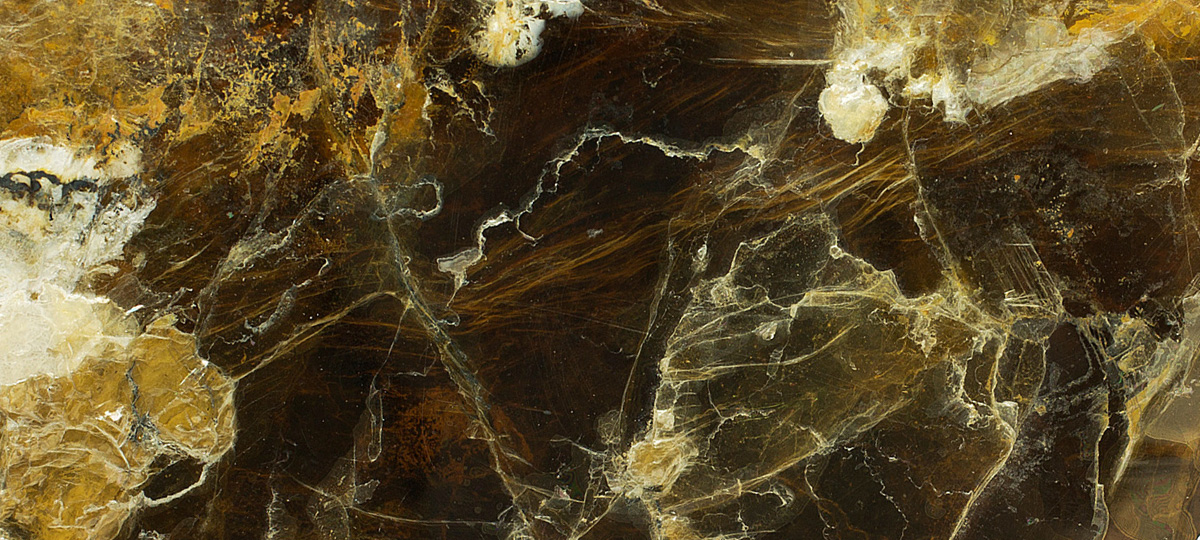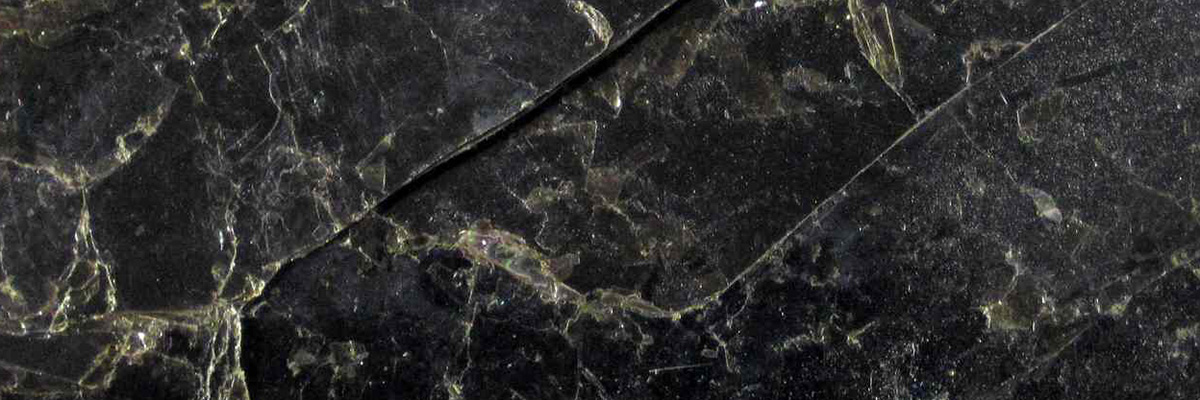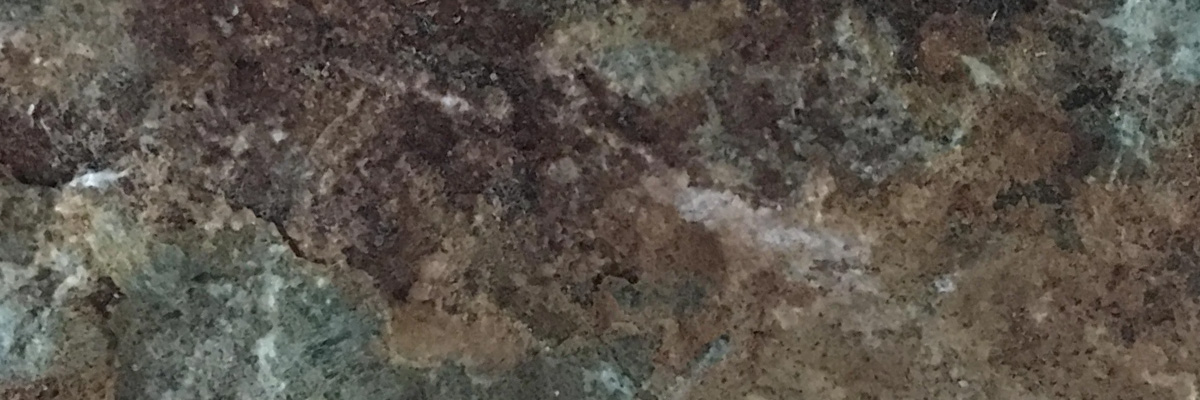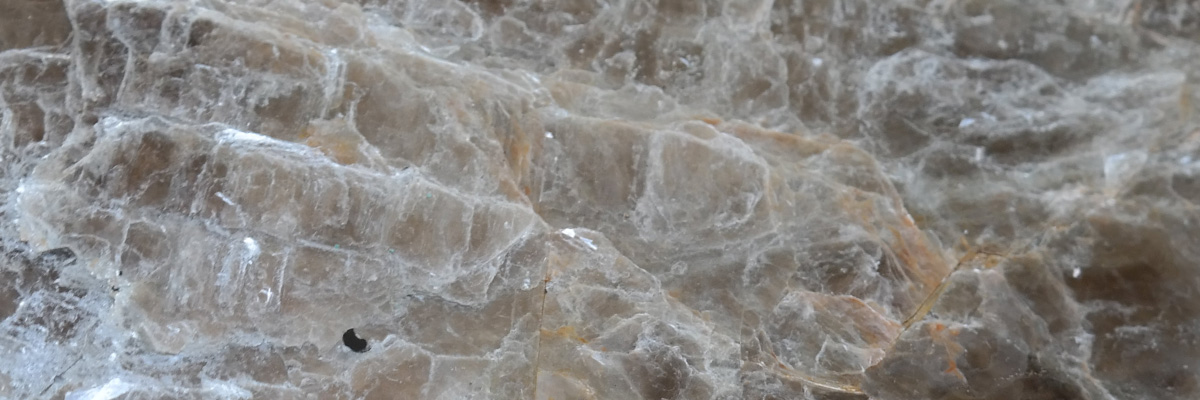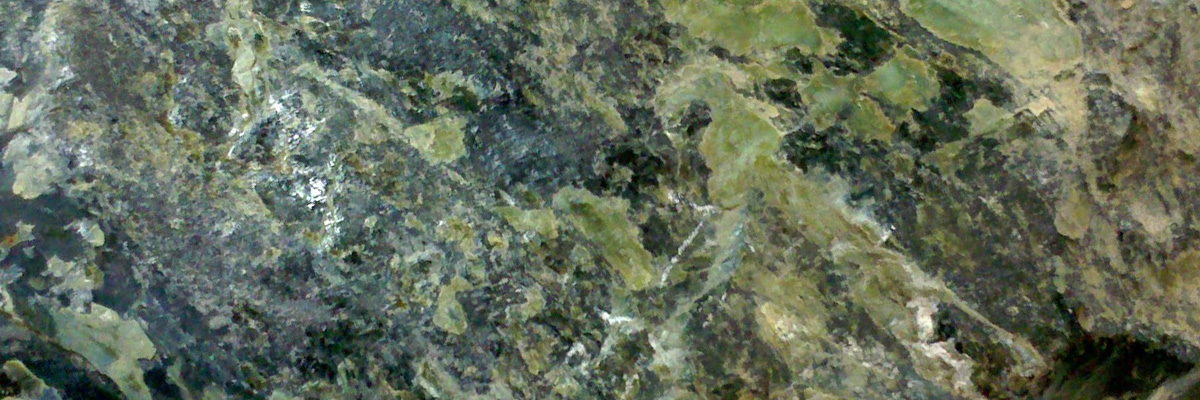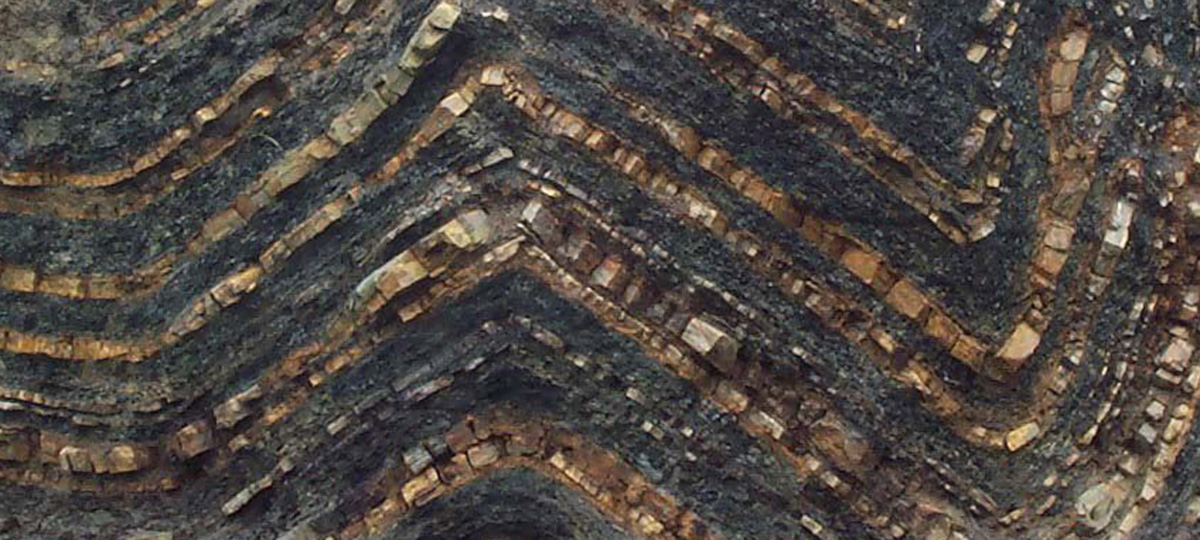Phyllosilicates, also known as sheet silicates, are a fascinating group of silicate minerals characterized by the arrangement of silica tetrahedra (SiO4) into continuous, flat sheets. These minerals can be found in a variety of geological settings, such as igneous, metamorphic, and sedimentary rocks. Phyllosilicates are known for their unique crystal structures, diverse range of physical properties, and their importance in various industrial applications, including the ceramics industry and as lubricants.
Formation
Phyllosilicate minerals primarily form through the cooling and solidification of magma and lava, as well as through metamorphic processes where rocks undergo changes in mineralogy, texture, and composition due to heat, pressure, and the introduction of new chemical elements. They can also form as the end product of weathering processes or through hydrothermal activity, precipitating from aqueous solutions to create mineral deposits.
Types
The phyllosilicate group includes several notable minerals, such as micas, clays, and talc.
- Micas:
A group of potassium aluminum silicate minerals, micas are found in igneous and metamorphic rocks. Micas exhibit perfect basal cleavage, enabling them to be split into very thin, flexible sheets. Common micas include biotite (dark-colored) and muscovite (light-colored). - Clays:
A group of hydrous aluminum silicate minerals, clays primarily form through the weathering of other silicate minerals. They are essential components of sedimentary rocks and soils. Common clay minerals include kaolinite, illite, and montmorillonite. - Talc:
A magnesium silicate mineral, talc is found in metamorphic rocks formed under low-temperature conditions. It is the softest mineral on the Mohs hardness scale, with a value of 1, and has a characteristic greasy feel.
Properties
Phyllosilicate minerals exhibit a diverse range of physical properties, reflecting their distinct structures and compositions. They generally have a Mohs hardness ranging from 1 to 4 and can be transparent, translucent, or opaque. Phyllosilicates display various colors and can exhibit different crystal habits, such as platy, fibrous, or massive.
Significance
Phyllosilicate minerals hold significant importance in various fields. In geology, they provide valuable insights into the geological history of an area, the processes that have occurred, and the formation and evolution of the Earth’s crust.
Phyllosilicates also have essential commercial and industrial uses. Micas are used as electrical insulators and in the production of cosmetics, paints, and plastics. Clays are widely used in the ceramics industry to produce bricks, tiles, and pottery. Talc is used as a lubricant, in cosmetics, and in the production of paper and plastics.
Understanding the distribution, properties, and behavior of phyllosilicate minerals is crucial for managing natural resources, evaluating geological hazards, and mitigating the environmental impacts of their extraction and use. Studying these minerals contributes to our understanding of the complex processes involved in the formation of the Earth’s crust and the diverse metamorphic environments where they occur.
Examples
-
Biotite
Biotite is a phyllosilicate mineral belonging to the mica group and is a common component of various igneous, metamorphic, and sedimentary rocks. It is characterized …
-
Chlorite
Chlorite is a group of phyllosilicate minerals characterized by their sheet-like structures and green color. These minerals belong to the chlorite group within the larger …
-
Mica
Mica is a group of sheet silicate minerals that belong to the phyllosilicate class. These minerals are characterized by their perfect basal cleavage, which allows …
-
Serpentine
Serpentine is a group of hydrous magnesium silicate minerals that belong to the phyllosilicate class. These minerals exhibit a wide range of physical characteristics, including …
-
Talc
Talc is a hydrous magnesium silicate mineral, belonging to the phyllosilicate class of minerals. Notable for being the softest mineral on the Mohs hardness scale, …
-
Vermiculite
Vermiculite is a hydrous phyllosilicate mineral belonging to the micaceous group of minerals. It is characterized by its platy, flaky appearance and its unique property …

Related Posts
-
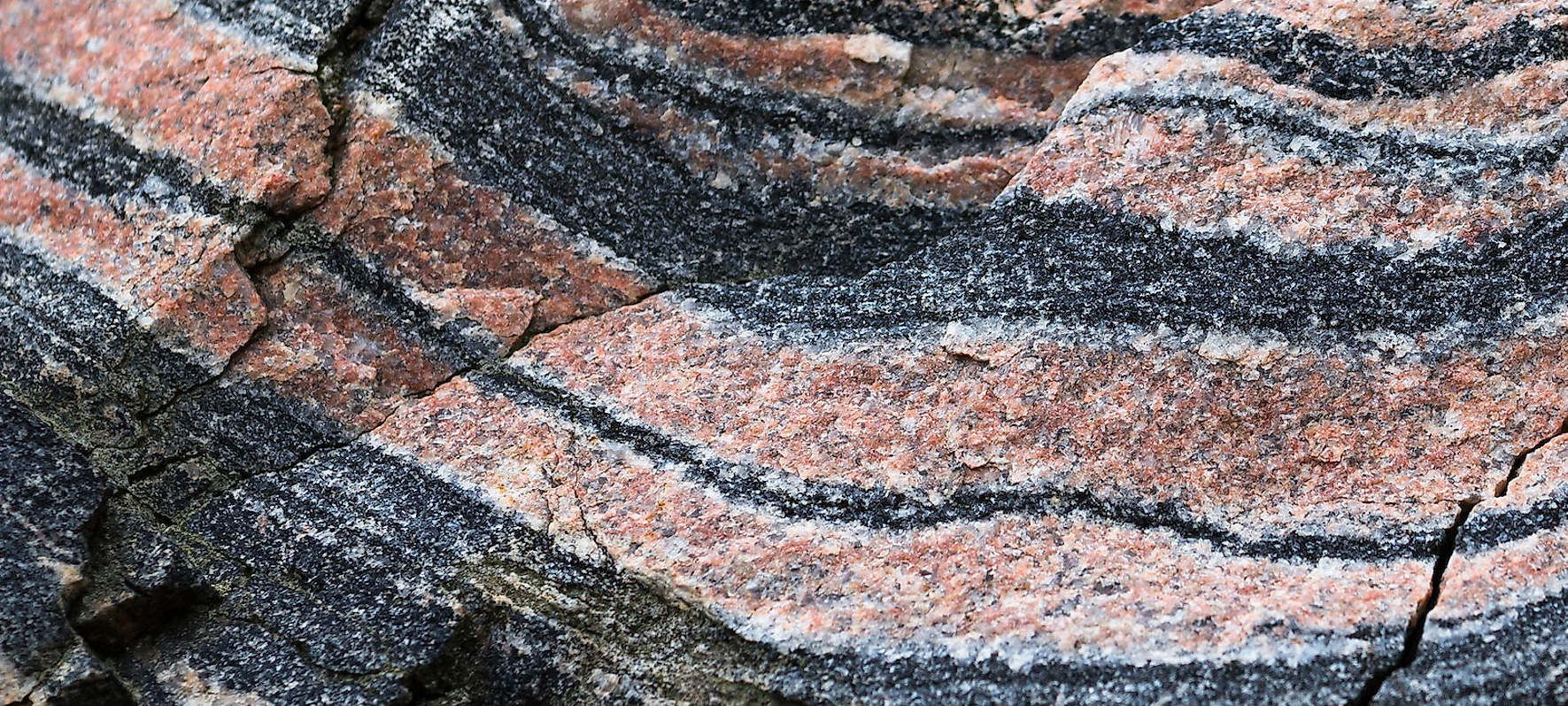
Metamorphic
Metamorphic rocks are a fascinating class of rocks that have undergone transformation due to intense heat, pressure, or mineral exchange deep within the Earth’s crust. …
-
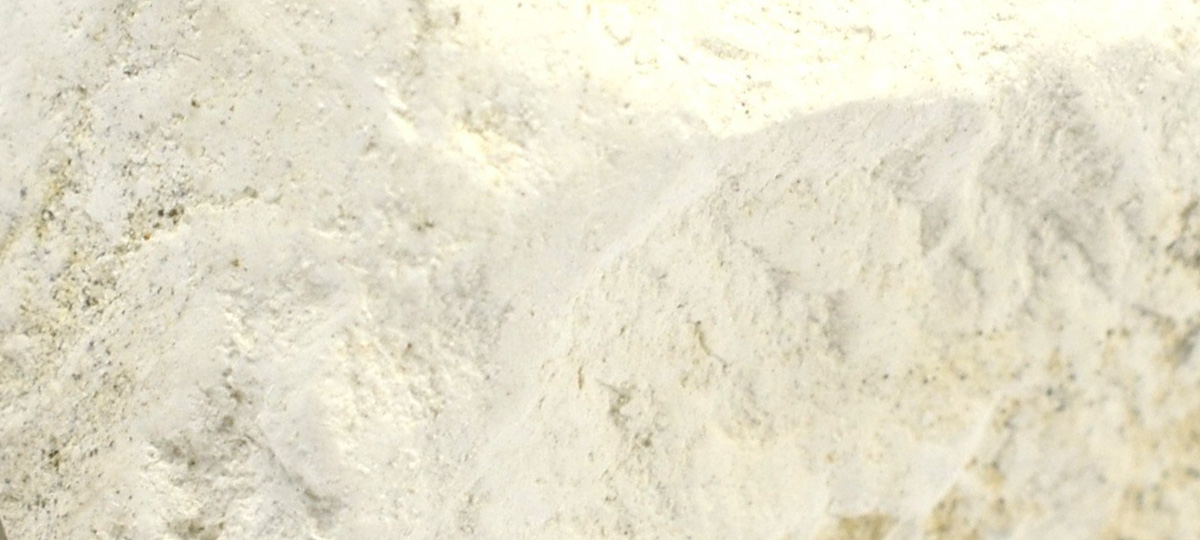
Organic Sedimentary
Organic sedimentary rocks are unique formations derived from the accumulation and preservation of plant and animal remains, providing a window into Earth’s biological history. These …
-

Chemical Sedimentary
Chemical sedimentary rocks are formed from the precipitation of dissolved minerals from water, often due to changing environmental conditions. These captivating rocks offer valuable insights …
